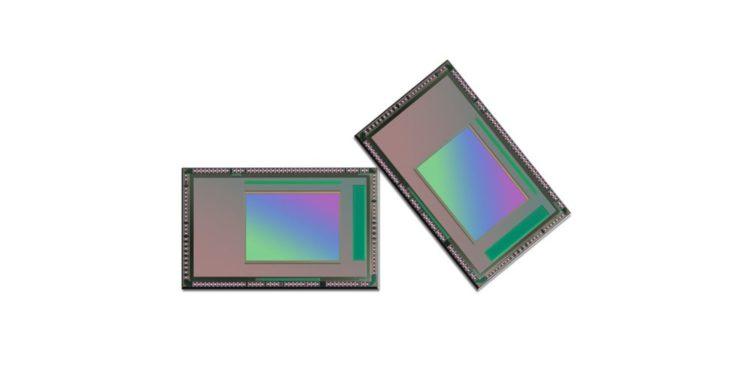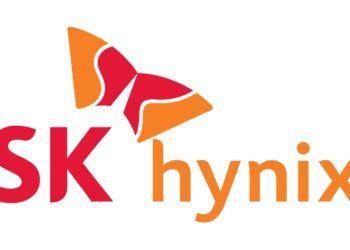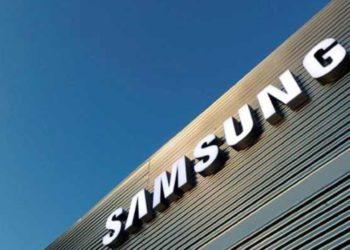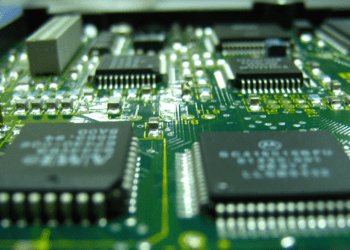Samsung Electronics has expanded its ISOCELL Vizion sensor lineup by introducing two new sensors catering to advanced content platforms like robotics and extended reality (XR).
The ISOCELL Vizion 63D is a time-of-flight (ToF) sensor, while the ISOCELL Vizion 931 is a global shutter sensor. These sensors, first unveiled in 2020, are part of Samsung’s initiative to provide enhanced visual capabilities for a broad spectrum of applications in the next generation of mobile devices, commercial ventures, and industrial scenarios.
The ISOCELL Vizion 63D, being a ToF sensor, excels in capturing high-resolution 3D images with intricate detail, leveraging its ability to measure distance and depth by calculating the time taken for emitted light to travel to and from objects, akin to the echolocation used by bats.
“Engineered with state-of-the-art sensor technologies, Samsung’s ISOCELL Vizion 63D and ISOCELL Vizion 931 will be essential in facilitating machine vision for future high-tech applications like robotics and extended reality (XR),” said Haechang Lee, Executive Vice President of the Next Generation Sensor Development Team at Samsung Electronics.
“Leveraging our rich history in technological innovation, we are committed to driving the rapidly expanding image sensor market forward.”
The ISOCELL Vizion 63D by Samsung is an indirect time-of-flight (iToF) sensor that employs a method that measures the phase shift between emitted and reflected light to perceive its surroundings in three dimensions.
It enables the sensor to deliver exceptional accuracy and clarity, making it well-suited for service and industrial robots. Additionally, the Vizion 63D finds optimal application in extended reality (XR) devices and facial authentication systems where the demand for high-resolution and precise depth measurement is paramount.
The sensor’s pixel size of 3.5㎛ is the smallest in the iToF sensor category, enabling it to achieve high Video Graphics Array (VGA) resolution (640×480) within a 1/6.4″ optical format.
This compact design makes the ISOCELL Vizion 63D ideal for portable and on-the-go devices. Leveraging backside scattering technology (BST) to enhance light absorption, the Vizion 63D sensor achieves the industry’s highest quantum efficiency of 38% at an infrared light wavelength of 940 nanometers (nm). This advancement produces heightened light sensitivity, reduced noise, and improved image quality with minimal motion blur.
The ISOCELL Vizion 931 is purposefully engineered to eliminate the “jello effect” when capturing swift movements. Diverging from the sequential scanning of rolling shutter sensors, which move line by line from top to bottom, global shutter sensors capture the entire scene simultaneously, akin to the human eye’s perception.
The Vizion 931 supports a multi-drop feature, facilitating seamless connectivity of up to four cameras to the application processor through a single wire, offering enhanced design flexibility for device manufacturers with minimal wiring requirements.
Also Read:
- Government’s Push for Platform Competition Law Sparks Debate in South Korea’s Tech Industry
- ASML and Samsung Partnership To Bring $760 M Investment in South Korea
- NCSOFT Leads as First Korean Game Company on DJSI Asia Pacific Index
- South Korea Unveils $29 Billion Financial Boost for Battery Industry Over 5 Years
- Hyundai Engineering and KAERI To Partner for Global Export of Small Modular Reactors






